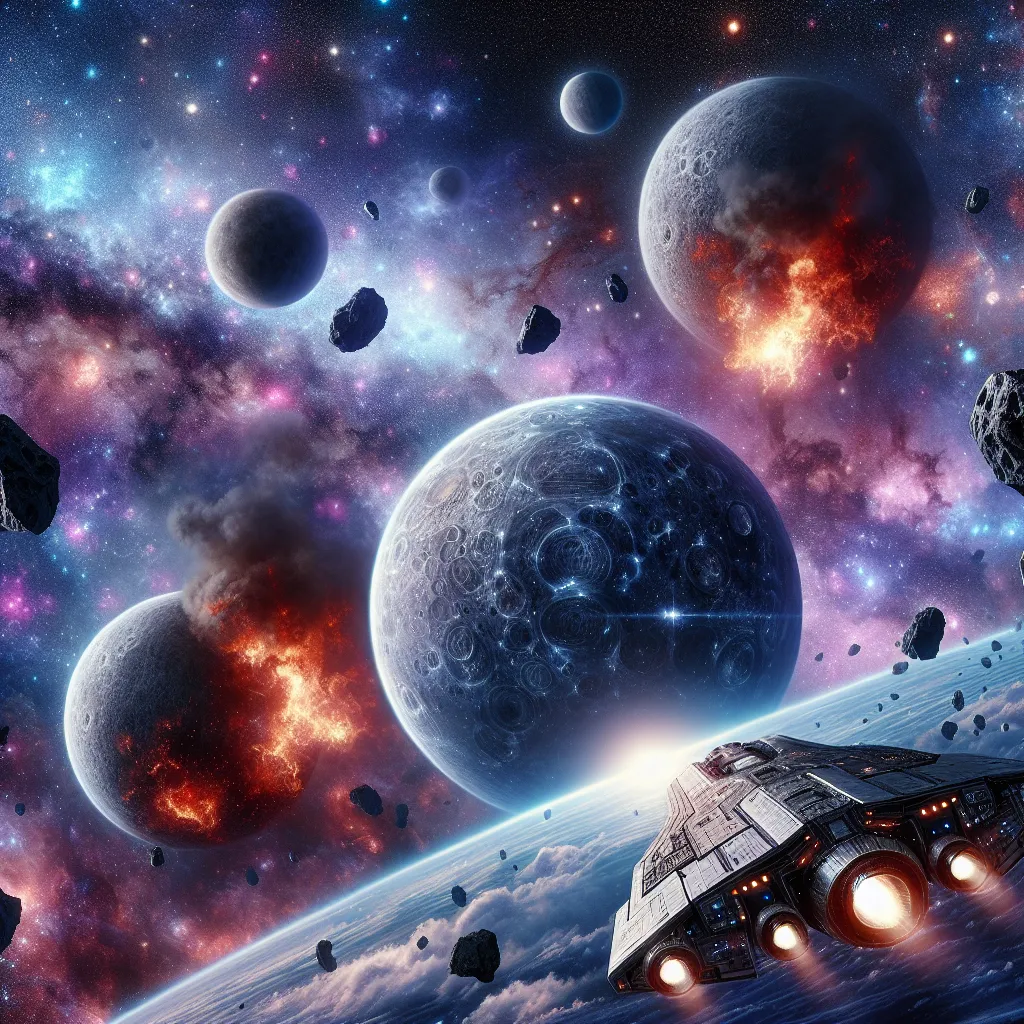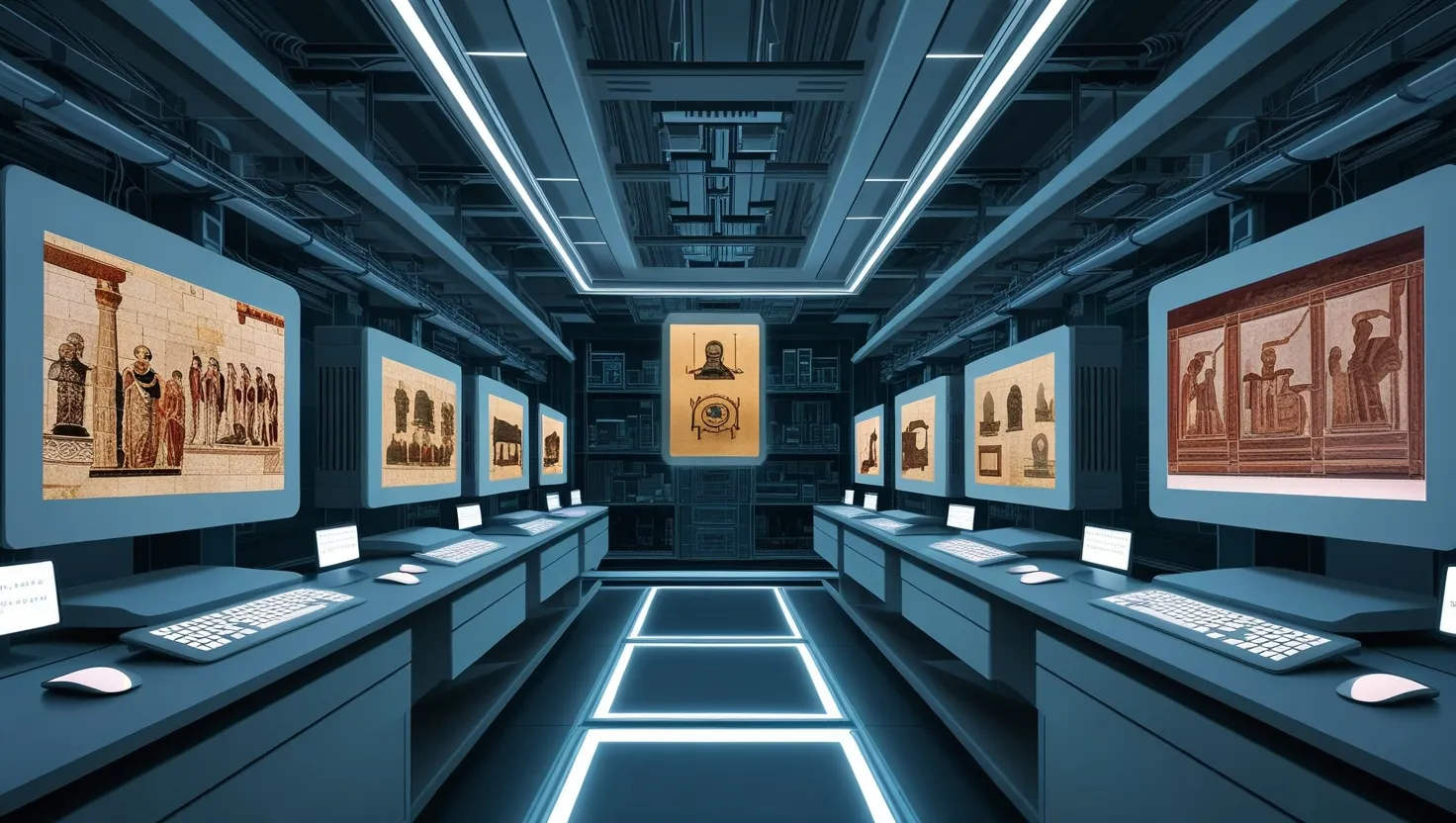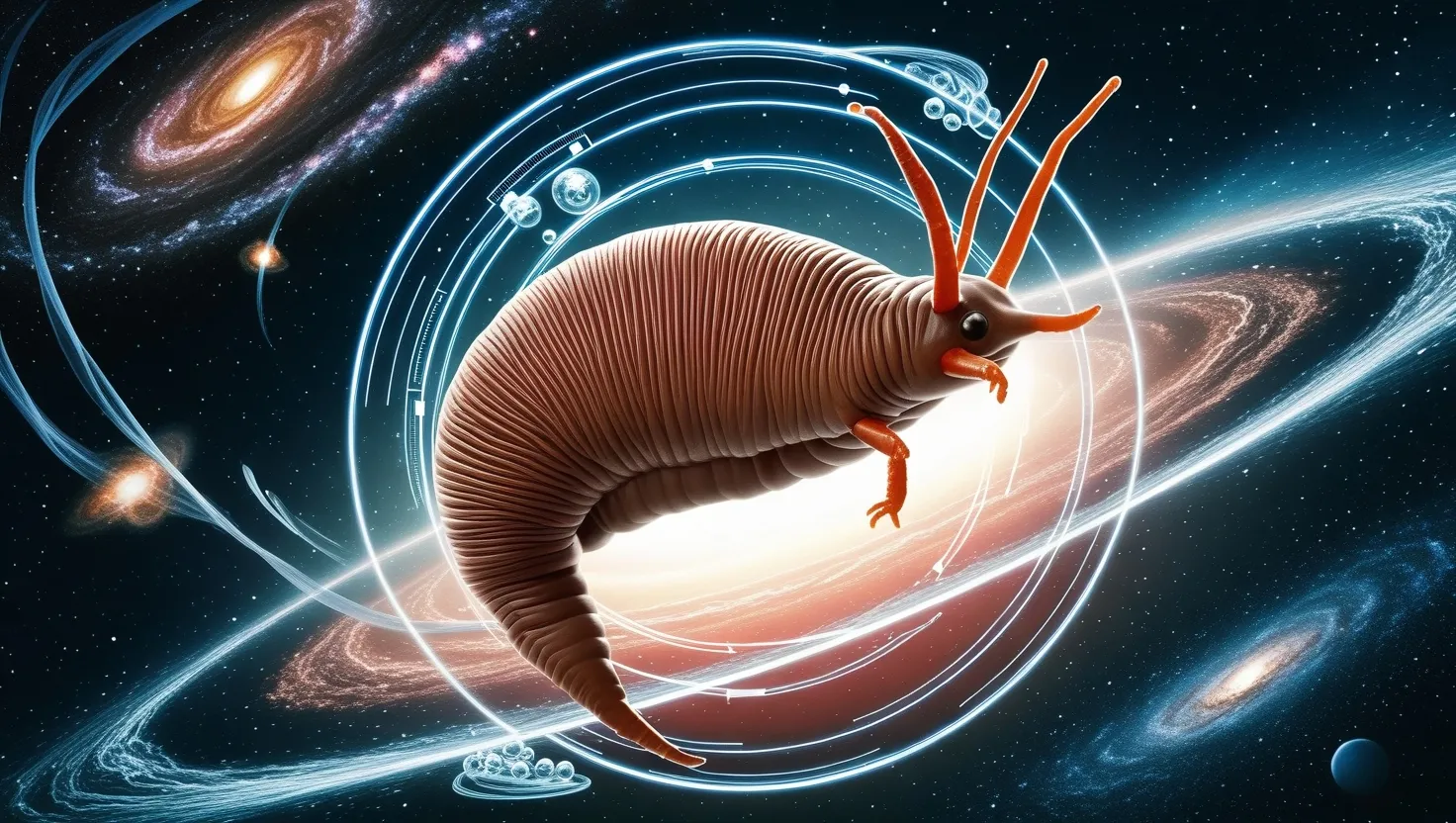We’ve sent our machines and men to the fringes of our solar system, encountering wonders beyond our wildest dreams. Discovering volcanoes on distant moons or landing on mysterious planets—it’s our innate quest to explore and understand. This exploratory spirit has taken us on a journey spanning over forty years, reaching places once beyond our imagination.
It all started from a monumental Big Bang 12 billion years ago, shaping countless galaxies and leading to the birth of our own Sun approximately 7 billion years later. Our solar system, with the Sun at its center, comprised nine enigmatic planets. Among them, our Earth stands as a vibrantly diverse world, but it’s not alone. This need to explore extends beyond Earth, stretching into the solar system’s dark and cold expanses.
Take Richard Terrell, for example, a planetary astronomer embarking on a quest to chart the origins of our planets in one of Earth’s harshest terrains, the Mojave Desert. He searches for meteorites, these celestial rubble pieces, which are vital clues that help unravel our solar system’s ancient history. These fragments, alongside the moon rocks we’ve collected, are our tangible links to other worlds. Each day, Earth sweeps in over 20 tons of space debris—tiny, shimmering blips that disintegrate as shooting stars across our night sky.
Meteorites, often scattered and hidden, particularly in ice caps or deserts, tell the story of our universe’s construction, offering insights into chemical and organic histories spanning billions of years. By understanding the origins of these cosmic relics through radioactive dating, astronomers trace back the formation of Earth and its planetary siblings to about 4.5 billion years ago.
Our solar system began as a spinning disc of dust and gas, with the Sun igniting at its core, burning away lighter gases and pushing heavy elements inward. This dynamic environment led to the formation of small, iron-rich planets. Our planet, Earth, didn’t have an easy journey—it faced cataclysmic collisions that reshaped it, teaching us about planetary formation and evolution.
Humanity’s curiosity, kindled by the proximity of the Moon, led President Kennedy to set the grand challenge of landing a man on the lunar surface. This marked a significant milestone in 1969 with Apollo 11. The very essence of human endeavor surged forward with magnificent triumphs, such as the powerful Saturn V rocket launch, chronicled in the collective breaths held worldwide.
This yearning to explore has been persistent. Over a quarter-century after our lunar visits, NASA’s exploratory probes have ventured into the unknown, uncovering secrets about our natural satellite and potential resources like the elusive lunar ice that could propel deeper space expeditions. The question of extraterrestrial life keeps our search persistent, sparking missions that take us to nearby planetary neighbors like Venus and Mercury and beyond, to scrutinize atmospheres, volcanic landscapes, and more.
Probes sent to Mercury revealed its iron-heavy core and its harsh environment. Venus, with its suffocating greenhouse effect, showcased a world both similar and entirely alien to Earth, riddled with volcanic cones and extreme pressures. Mars, our rusty neighbor, has been possibly the most captivating. Landers and rovers, like the durable Opportunity and Spirit, have tracked ephemeral streams, ancient riverbeds, and volcanic giants, hinting at a planet that once brimmed with water.
Human curiosity is relentless, leading to robotic explorers unveiling mysteries around icy moons like Europa, volcanic IO and distant planetary giants. Our technological marvels, Voyagers, Cassini, and more, have provided comprehensive discourses on these otherworldly locales, constantly updating our understanding.
The sun, our celestial anchor, drives the weather and climates on these planets. Missions like the Parker Solar Probe venture close to our star, hoping to decode its complexities, understanding solar winds, and predicting its impacts on Earth.
As our thirst for knowledge pushes us to Mars, the Moon, and further into our galaxy, each mission builds upon the last, presenting ever more complex vistas of our universe. Explorers, backed by advancements in robotics and technology, continue to peel away the layers of cosmic history, piece by piece.
It’s not merely about uncovering new land; it’s about understanding our place within this vast expanse, seeking out the potential for life, and exploring these ancient surfaces with the same wonder that has driven humanity to map our world. The cosmos beckon, and we stride forward, guided by curiosity and the transformative power of discovery.






